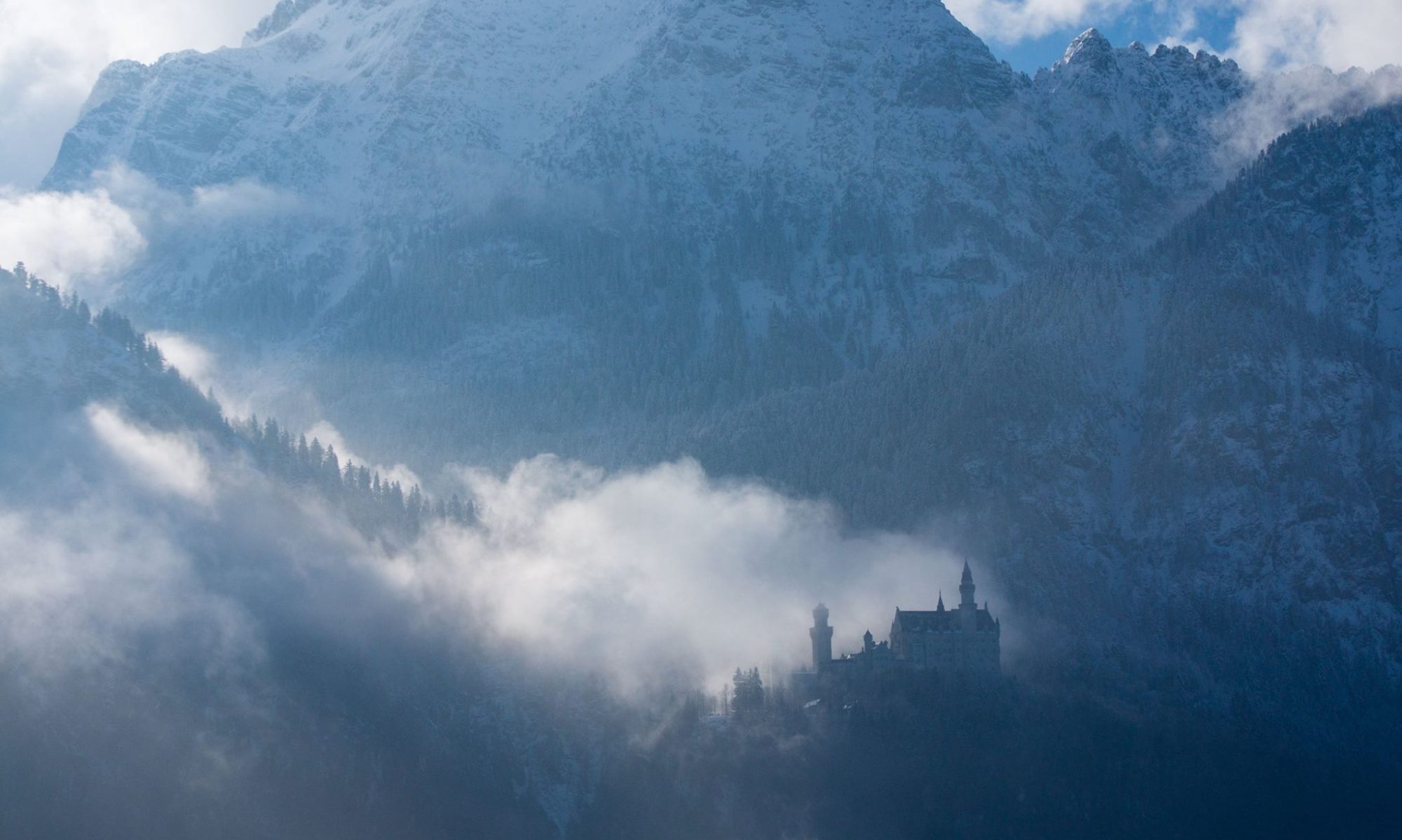Arches National Park is a U.S. National Park in eastern Utah. It is known for preserving over 2000 natural sandstone arches, including the world-famous Delicate Arch, in addition to a variety of unique geological resources and formations.
The park is located near Moab, Utah, and is 119 square miles (310 km2) in size. Its highest elevation is 5,653 feet (1,723 m) at Elephant Butte, and its lowest elevation is 4,085 feet (1,245 m) at the visitor center. Since 1970, forty-three arches have toppled because of erosion. The park receives 10 inches (250 mm) of rain a year on average.
The area, administered by the National Park Service, was originally designated as a national monument on April 12, 1929. It was redesignated a national park on November 12, 1971.
Arches National Park is a U.S. National Park in eastern Utah. It is known for preserving over 2000 natural sandstone arches, including the world-famous Delicate Arch, in addition to a variety of unique geological resources and formations.The park is located near Moab, Utah, and is 119 square miles (310 km2) in size. Its highest elevation is 5,653 feet (1,723 m) at Elephant Butte, and its lowest elevation is 4,085 feet (1,245 m) at the visitor center. Since 1970, forty-three arches have toppled because of erosion. The park receives 10 inches (250 mm) of rain a year on average.The area, administered by the National Park Service, was originally designated as a national monument on April 12, 1929. It was redesignated a national park on November 12, 1971.



























































